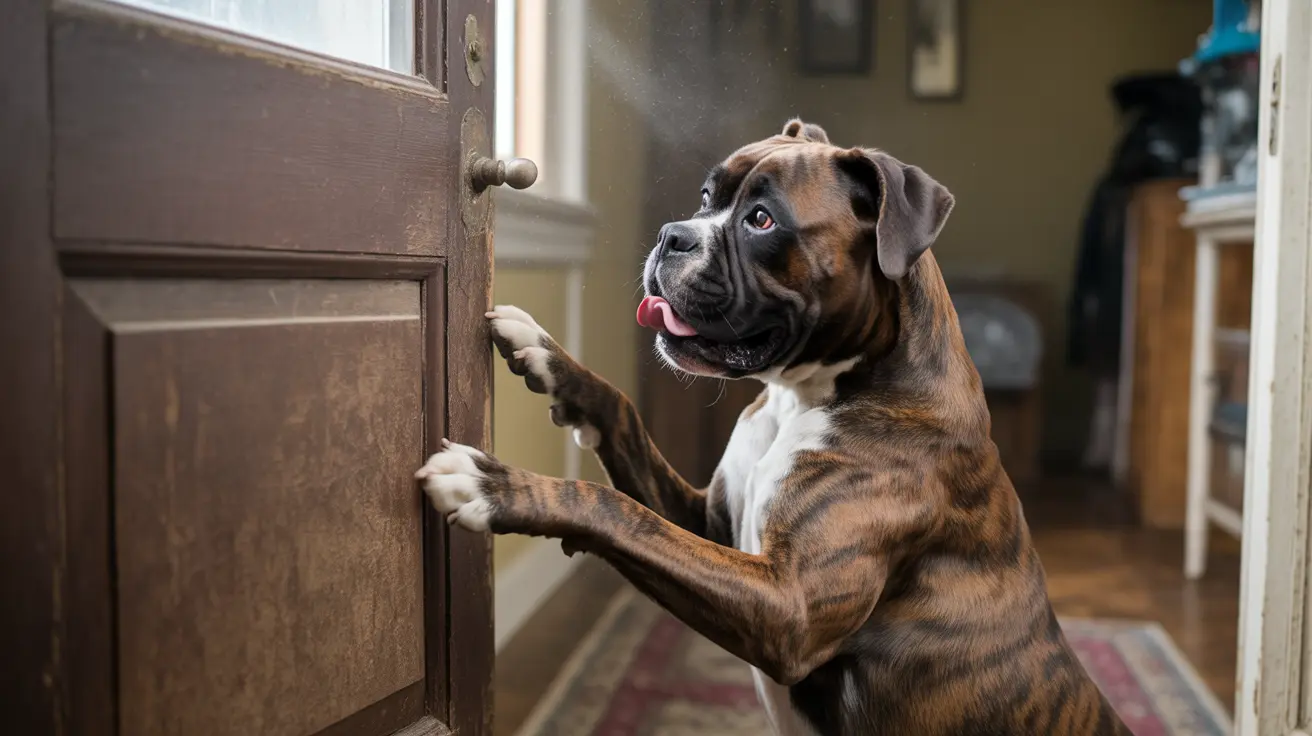Introduction
Discovering dog scratches on your wood door can be frustrating, but with the right approach and materials, you can restore your door's appearance effectively. Whether your furry friend has left shallow marks or deep gouges, this comprehensive guide will walk you through professional-grade repair techniques that you can accomplish at home. We'll cover everything from assessment and preparation to final finishing touches, ensuring your door looks as good as new.
Assessing the Damage
Before beginning any repairs, carefully examine the extent of the scratches on your wood door. Light scratches that only affect the finish require different treatment than deep gouges that penetrate the wood itself. Run your finger across the scratches - if you can feel them catching your fingernail, they'll need more substantial repair than surface-level marks.
Essential Tools and Materials
What You'll Need:
- Sandpaper (60-150 grit)
- Wood filler or putty
- Putty knife
- Scratch repair markers or wax sticks
- Stain or paint to match
- Polyurethane finish
- Clean rags and tack cloth
- Drop cloths
- Protective gloves
Step-by-Step Repair Process
1. Preparation
Start by thoroughly cleaning the damaged area with a wood cleaner to remove any dirt or debris. Remove door hardware if necessary and lay down drop cloths to protect your floor. Ensure you're working in a well-ventilated area, especially when using chemical products.
2. Sanding and Surface Preparation
Begin with medium-grit sandpaper (100-150) for minor scratches, or coarser grit (60-80) for deeper damage. Sand in the direction of the wood grain to avoid creating additional scratches. After initial sanding, wipe the area clean with a tack cloth to remove dust.
3. Filling Deep Scratches
For deeper gouges, apply wood filler using a putty knife, slightly overfilling the damaged area. Allow it to dry completely according to the product instructions - typically 1-2 hours. Once dry, sand the filled area flush with the surrounding wood surface, progressing to finer-grit sandpaper for a smooth finish.
4. Matching and Finishing
Select a stain or paint that closely matches your door's existing finish. Test the color on an inconspicuous area first. Apply the stain or paint carefully with a clean cloth or brush, working in thin layers. Once dry, apply a protective polyurethane coating to seal and protect the repaired area.
Preventing Future Damage
To avoid future scratches, consider installing protective barriers like scratch guards or plastic shields on the lower portion of your door. Regular nail trimming and behavioral training can also help prevent repeated damage. Some pet owners find success with deterrent sprays or installing a doggie door for easier access.
Frequently Asked Questions
How do I repair deep dog scratches on a wood door without professional help?
Use wood filler for deep scratches, sand the area smooth, then match the color with appropriate stain or paint. Finish with a protective polyurethane coating for durability.
What materials and tools do I need to fix dog scratches on my wood door?
Essential tools include sandpaper, wood filler, putty knife, stain or paint to match, and polyurethane finish. You'll also need clean rags, tack cloth, and protective materials like drop cloths and gloves.
How can I prevent my dog from scratching at the front or back door?
Install protective barriers like scratch guards, maintain regular nail trimming, and consider behavioral training or installing a doggie door. Using deterrent sprays can also help discourage scratching behavior.
What is the best way to match stain or paint when repairing scratches on wood doors?
Test the stain or paint on an inconspicuous area first. Purchase multiple shade options if necessary, and blend them to achieve the right color match. Consider using wood-tone markers or wax sticks for minor touch-ups.
Are there effective protective barriers to stop dogs from damaging wood doors?
Yes, clear plastic shields, commercial scratch guards, and metal kick plates can effectively protect doors from dog scratches. These can be installed on the lower portion of the door where most damage occurs.
Conclusion
With patience and the right approach, repairing dog scratches on your wood door is a manageable DIY project. Remember to take your time with preparation and matching colors for the best results. If you're unsure about tackling deeper damage, don't hesitate to consult a professional to ensure your door's longevity and appearance.






